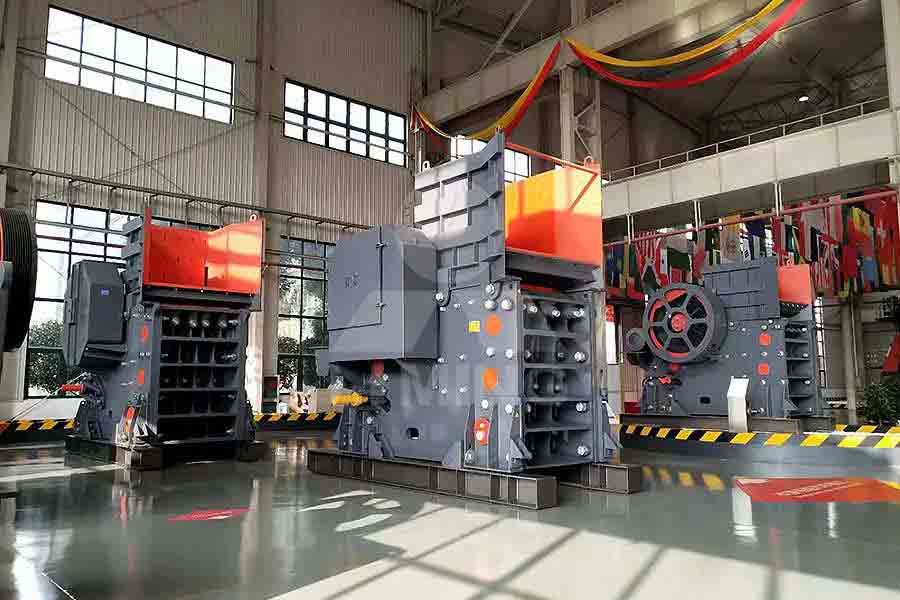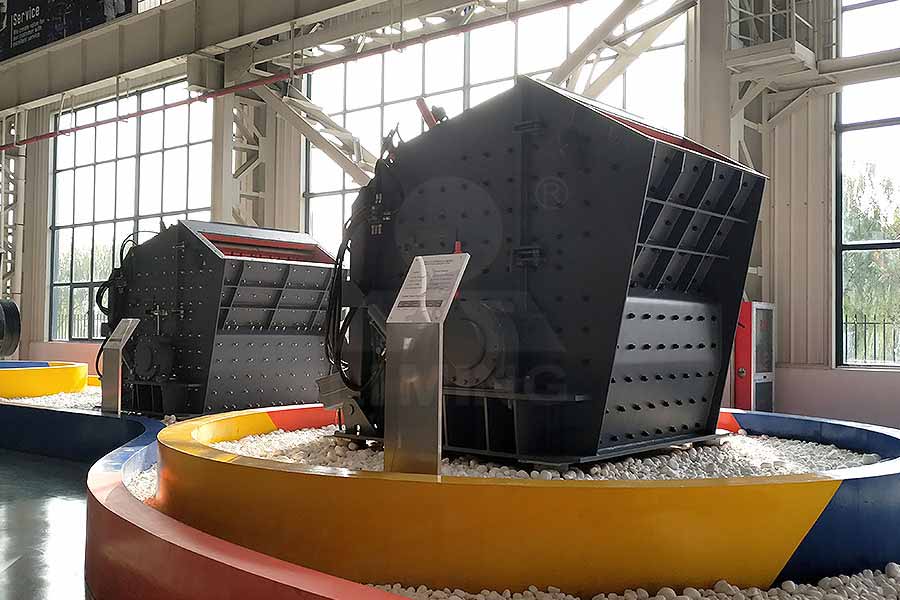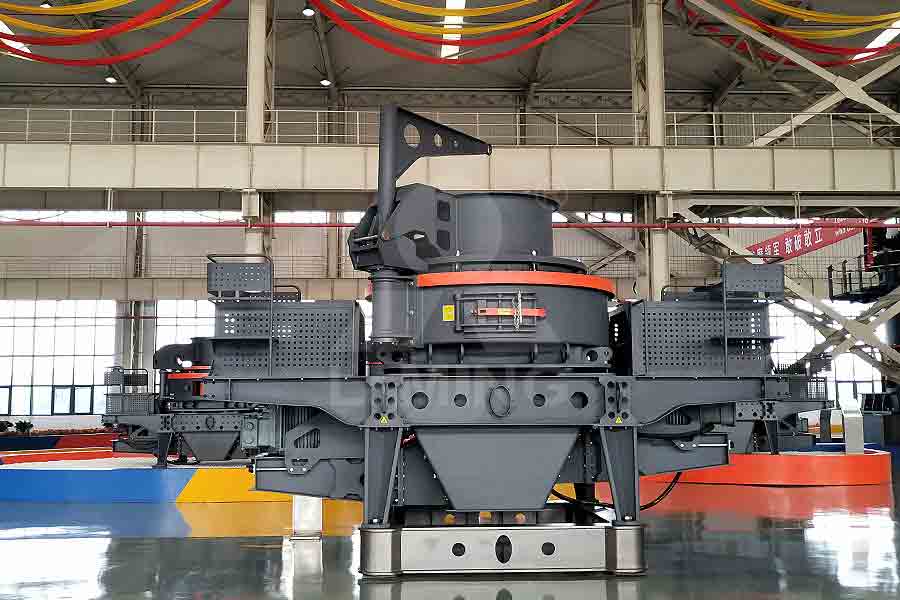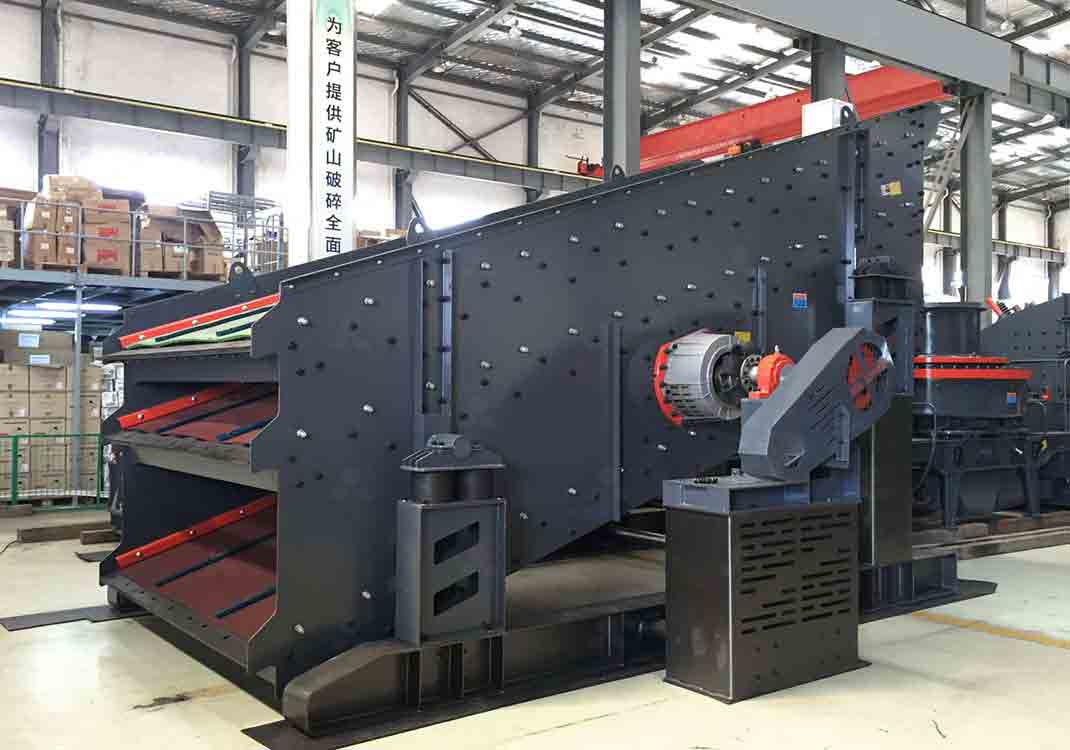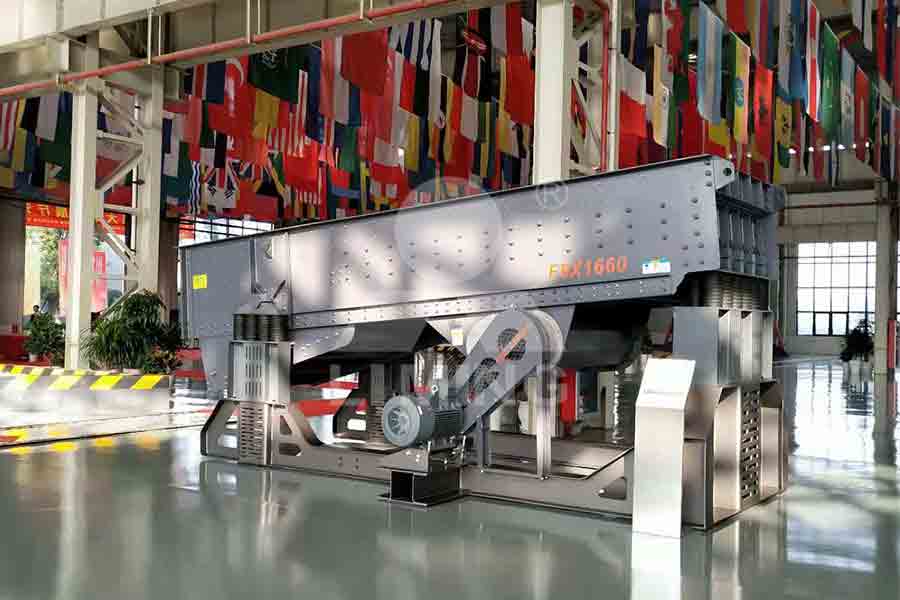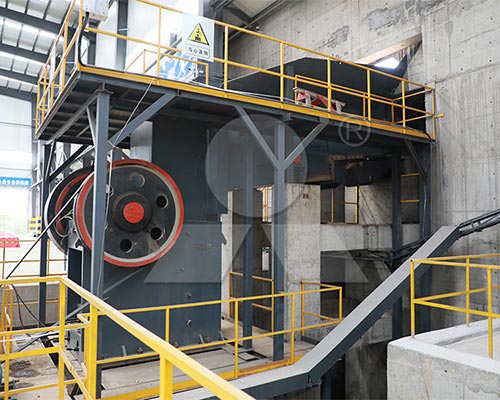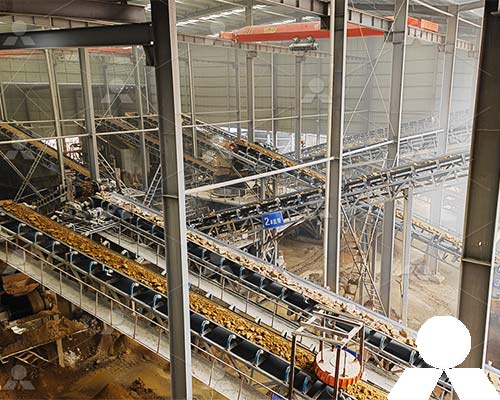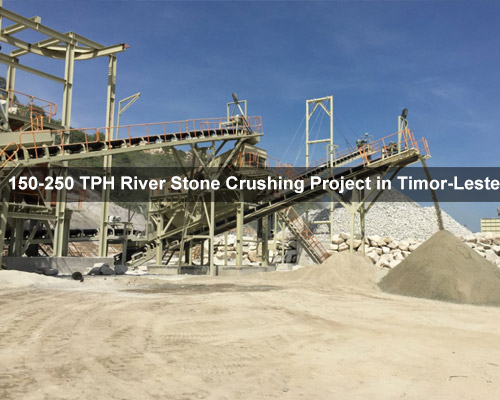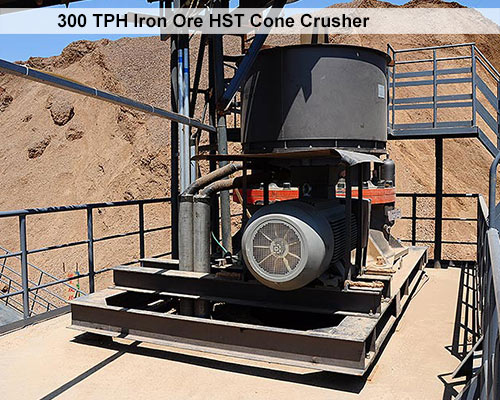Hematite Crusher
Introduction to Hematite: Market Prospects and Applications
Hematite, the most important iron ore mineral, accounts for approximately 70% of global iron production. With its high iron content (up to 70%) and excellent metallurgical properties, hematite remains crucial for steel production worldwide. The global iron ore market is projected to reach $373.69 billion by 2027, growing at a CAGR of 4.9% (Grand View Research).
Key Applications of Hematite:
- Steel Production: Primary raw material for blast furnaces
- Pigments: Natural red pigment in paints and cosmetics
- Radiation Shielding: Used in medical and nuclear applications
- Jewelry: Polished as “black diamond” gemstones
Hematite Mining and Processing Workflow
Hematite Mining Process
Exploration and Geological Survey
Geologists use magnetic surveys, drilling, and remote sensing to identify hematite deposits. Core samples are analyzed for Fe content and impurities.
Open-Pit Mining Operations
- Drilling: Rotary drills create blast holes (10-15m depth)
- Blasting: Controlled explosions fragment the ore
- Loading: Excavators load hematite onto haul trucks
Underground Mining (for deep deposits)
- Room-and-pillar method: For flat-lying deposits
- Sublevel caving: For steeply dipping orebodies
Hematite Processing Workflow
Primary Crushing Stage
Large hematite chunks (≤1500mm) are reduced to 200-300mm using Liming’s C6X Jaw Crusher, featuring:
- Optimized crushing chamber geometry
- Integrated motor base for vibration reduction
- 15-20% higher capacity than conventional crushers
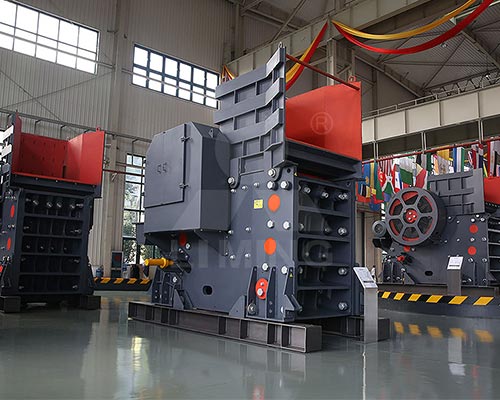
Secondary Crushing
The material is further reduced to 30-50mm using Liming’s HST Single-Cylinder Hydraulic Cone Crusher, which offers:
- Laminated crushing principle
- Automatic control system
- Hydraulic clearing for jam protection
Grinding and Beneficiation
- Ball milling: Reduces particles to 0.074mm
- Magnetic separation: Recovers hematite from gangue
- Flotation: For fine particle concentration
Pelletizing (Optional)
- Mixing with binders
- Forming into 9-16mm pellets
- Induration (hardening) at 1300°C
Key Crushing Equipment for Hematite Processing
Liming C6X Jaw Crusher (Primary Crushing)
Technical Specifications:
- Max Feed Size: 1500mm
- Capacity: 50-2000 t/h
- Discharge Range: 75-350mm
- Power: 160-400kW
Unique Features:
- Split-type frame design: Easy transportation and installation
- Double-wedge adjustment: Quick CSS changes
- Elastic damping: Reduces vibration transmission
Liming HST Cone Crusher (Secondary Crushing)
Technical Specifications:
- Max Feed Size: 370mm
- Capacity: 45-2130 t/h
- Discharge Range: 6-51mm
- Power: 315-630kW
Advanced Technologies:
- Hydraulic overload protection
- Intelligent automatic control
- Dual-acting hydraulic cylinders
Liming VSI6X Sand Maker (Tertiary Processing)
Technical Specifications:
- Max Feed Size: 60mm
- Capacity: 70-585 t/h
- Product Size: 0-5mm
- Power: 132-400kW
Innovative Design:
- Four-port rotor design
- Automatic lubrication system
- Dust-proof labyrinth seal
Technological Advantages of Liming’s Hematite Crushers
Energy Efficiency Innovations
- Variable frequency drives: Reduce power consumption by 20-30%
- Optimized crushing chambers: Minimize recirculating loads
Wear Resistance Solutions
- Mn18Cr2 alloy liners: 3-5x longer lifespan than standard manganese
- Composite ceramic inserts: For highly abrasive ores
Smart Operation Features
- Remote monitoring system
- Predictive maintenance alerts
- Automated calibration
Case Study: Liming Crushers in Brazilian Hematite Mine
A major hematite operation in Minas Gerais, Brazil achieved:
- 35% increase in throughput
- 40% reduction in maintenance costs
- 28% lower energy consumption
Equipment Configuration:
- Primary: 2 × C6X160 Jaw Crushers
- Secondary: 3 × HST315 Cone Crushers
- Tertiary: 2 × VSI6X1263 Sand Makers
Challenges and Solutions in Hematite Crushing
Common Challenges
- High abrasiveness: Causes rapid wear of crushing components
- Moisture content: Leads to clogging and reduced efficiency
- Variable hardness: Affects consistent product sizing
Liming’s Solutions
- Special alloy materials: For wear parts
- Anti-clogging designs: In crushing chambers
- Hydraulic adjustment systems: For real-time compensation
Future Trends in Hematite Processing
Emerging Technologies
- AI-powered optimization: For real-time process adjustments
- Dry processing systems: Reducing water usage
- Modular crushing plants: For remote operations
Sustainability Focus
- Zero-discharge water systems
- Dust suppression innovations
- Energy recovery systems
Conclusion
Hematite processing requires robust, efficient crushing equipment to handle its unique characteristics. Liming Heavy Industry’s hematite crushers – including the C6X Jaw Crusher, HST Cone Crusher, and VSI6X Sand Maker – deliver exceptional performance, durability, and technological innovation for modern iron ore operations.
